To output the test results using the dotnet test option --results-directory you have to also set --logger.
The -xml and --work options no longer work as they are not part of the options provided by the test CLI. I remember have used -xml in the past and it worked but it doesn't anymore.
You can see all the options for CLI .NET Core 2.x here
To publish the tests results into a specific folder, you should use the command below:
dotnet test --logger "trx;logfilename=mytests.trx" --results-directory ./somefolder/subfolder
Or
dotnet test --logger "trx;LogFileName=./somefolder/subfolder/mytests.trx"
The trx file is a XML file, so you could name it as mytests.xml instead of mytests.trx.
If you use VSTS, you can publish your tests to be shown in your build page using the command above in '.NET Core' task for test and the 'Publish Test Result' task.
The '.NET Core' task explains where it publishes the results as per screenshot below:

Once all done, your build page would look like this:




